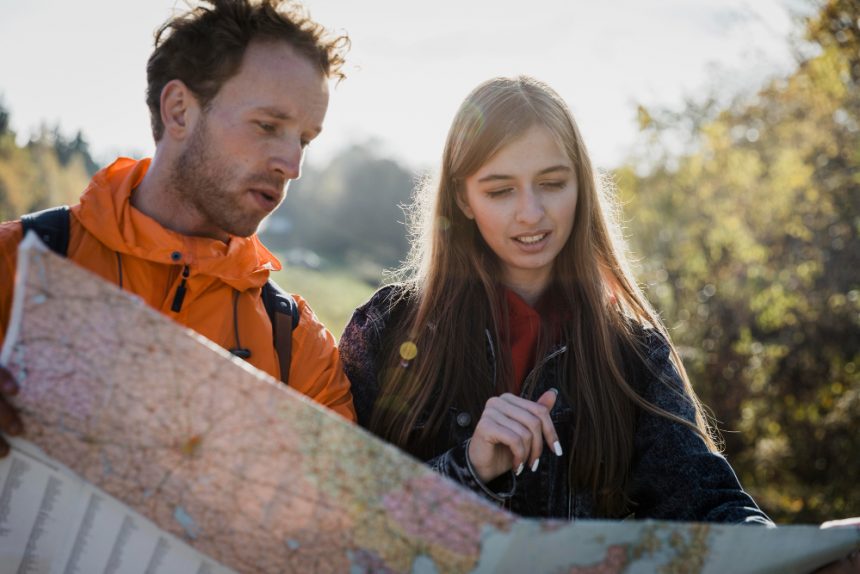In recent years, there has been a noticeable shift in the way people think about travel. The once-unquestioned allure of ticking off world-famous landmarks is slowly giving way to something quieter but no less profound: the art of exploring local routes. These routes—whether a neighborhood walking path, a narrow cobblestone street, or an unmarked trail cutting through a familiar park—represent more than just passages through physical space. They embody cultural memory, reveal hidden histories, and connect us more intimately with the places we inhabit.
At first glance, wandering a local road may seem ordinary, even mundane. But when viewed with a traveler’s curiosity, these roads transform into living museums. The corner bakery is no longer just a stop for daily bread but a reflection of culinary traditions passed through generations. The old railway track, abandoned and overtaken by wildflowers, becomes a reminder of industrial shifts that reshaped a town. The simple walk around the block becomes a journey into rhythms of community life—the children playing, the elderly exchanging greetings on benches, the quiet hum of daily existence that so often disappears behind the noise of fast-paced travel.
Exploring local routes demands a slower pace, one that resists the temptation of instant gratification. It encourages travelers to pause, notice details, and appreciate the subtleties hidden in the textures of walls, the bends of rivers, or the patterns of light on familiar buildings. In doing so, it reframes travel not as an escape but as a reconnection—with our environment, with others, and with ourselves.
This cultural shift toward exploring local routes reflects not only changing attitudes about what travel should mean but also a re-evaluation of our relationship with place. Where once travel was defined by distance and novelty, it is increasingly recognized as an act of deep engagement that does not always require a flight ticket or elaborate itinerary. Instead, the richness of travel lies in perspective—the ability to see the ordinary with renewed vision.
Walking a neighborhood trail can feel like a return to simplicity, where the aim is not to conquer or collect but to connect. Each path, whether well-trodden or forgotten, contains history: the migration of communities, the evolution of architecture, the endurance of natural landscapes amid urbanization. By choosing local exploration, we acknowledge this continuity between past and present, placing ourselves within a larger story that is at once deeply personal and widely shared.
Local routes also create opportunities for sustainable travel. With reduced reliance on long-distance transport, the environmental footprint of exploration is minimized. Communities benefit too, as travelers engage directly with local businesses, artisans, and cultural traditions, supporting economies without overwhelming them as mass tourism often does. Authentic conversations, chance encounters, and simple exchanges along these routes carry a type of richness that no staged attraction can replicate.
Perhaps most importantly, the rediscovery of local routes cultivates mindfulness. Each step invites us to slow down, to be present, to notice. In a world increasingly driven by speed and consumption, there is quiet power in moving slowly and seeing deeply. The neighborhood path, the backroad through farmland, the wooded shortcut behind a cluster of houses—all of these, when approached with intention, become gateways to new understanding.
To explore local routes is to embrace the art of small journeys with big meaning. It is to accept that discovery is not measured by how far we go but by how fully we notice, how openly we engage, and how deeply we connect. In doing so, these ordinary paths become extraordinary—woven with stories, textures, and connections that remind us the world is not only out there, somewhere distant, but also here, waiting just beyond our own doorstep.











